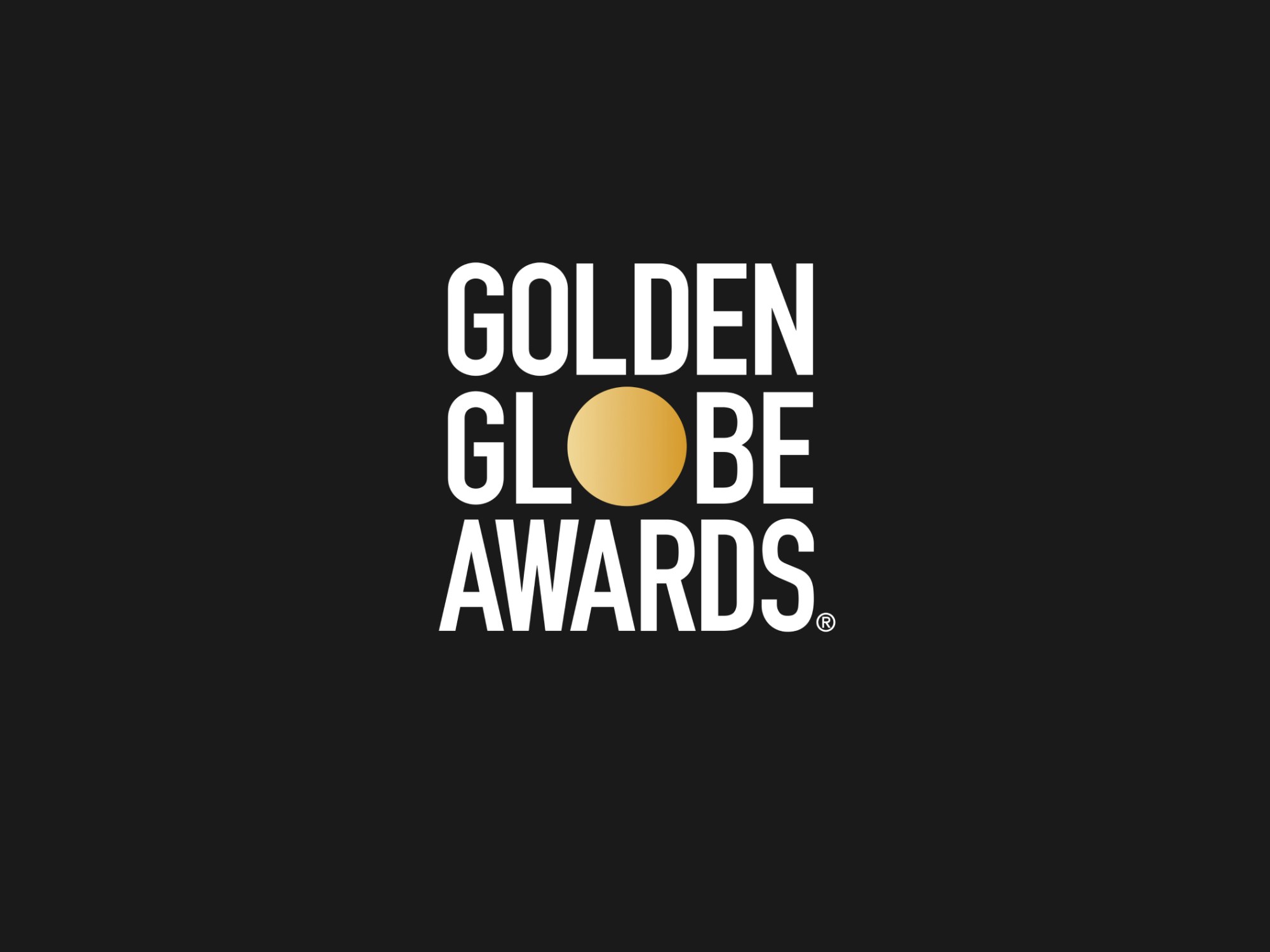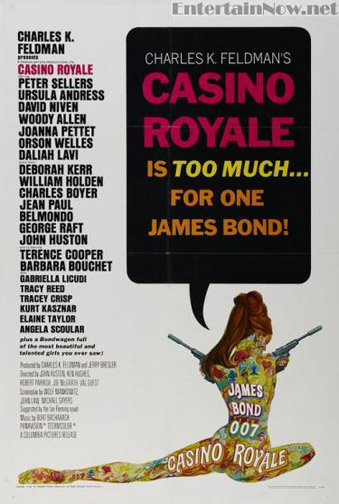
- HFPA
HOLLYWOOD SEQUELS: HAVEN’T WE MET BEFORE?
The summer of 2011 is shaping up to be a true ‘sequel’bration’ as such titles as The Hangover, Kung Fu Panda, Transformers, Cars, Harry Potter, The Fast and the Furious, X Men and Pirates of the Caribbean will park their next cinematic installments at theaters. And thus begins the great debate: is this art or economics? Why is this wave of film familiarity sweeping the movie making process?
Let’s face it: nothing excites Hollywood more than making money, and creating the franchise has proven to be one of the surest and safest ways to achieve that. When the Coca-Cola Company purchased Columbia Pictures back in 1982 (subsequently sold to Sony in 1989), they did an extensive research study into what was the safest and most reliable product to bring to the screen. The clear answer was sequels.
A few critics make a clear distinction between sequels and series. The Harry Potter films, for example, are a specific adaptation from the seven novels, just as the Lord of the Rings film trilogy was based on the individual books. So what exactly is the definition of a sequel and when did they really begin? By definition, a sequel is a “narrative, documental, or other work of literature, film, theater or music that continues the story or expands upon issues presented in some previous work. The sequel portrays events set in the same fictional universe as a previous work, usually chronologically following the events of that work.”
While some decry the 1970’s as the decade when Hollywood officially began the exploitation of their film libraries, tapping into such titles as Willard, The Exorcist, The Poseidon Adventure, The Love Bug, Billy Jack, Airport and Shaft for further cinematic chapters, one would only have to go back as early as 1916 to see evidence that sequels found their niche in the movie-making process. D.W Griffith released his film Birth of a Nation in 1915, enrapturing audiences all across the country and becoming the highest grossing film of the silent movie era. The next year, Thomas Dixon, Jr., who wrote the novel that Birth was based on, co-wrote and directed Fall of a Nation, which is acknowledged as the first sequel in Hollywood’s history (it also has the distinction of being one of the first major ‘lost’ films as well).

The next great period for sequels was the 1930’s where such films as Dracula (1931), The Thin Man (1934), and A Family Affair (1937), which introduced the Andy Hardy character, spawned several follow-ups as audiences began to embrace the idea they could revisit beloved characters. While it would be easy to dismiss sequels as pale imitations of the originals, there have been many examples of artistic bars being raised with such titles as The Godfather Part II, Toy Story 3, The Dark Knight, Indiana Jones and the Temple of Doom, The Bourne Supremacy and The Empire Strikes Back all delivering fresh approaches to their original. Looking into the archives, it would surprise audiences just how many films got the sequel treatment. Among the many titles besides those mentioned have been Rocky, Superman, Star Trek, Spiderman, The Pink Panther, Alien, Nightmare on Elm Street, The Terminator, Lethal Weapon, Jaws, Dirty Harry, The Matrix, Jurassic Park, Home Alone and . . . . Grease.
The great obstacle many of these faced was that while they fostered nostalgia for the original adored film, it also triggered some disappointment because it didn’t invoke the same initial pleasure from the first experience. But with box-office delivering in most cases two-thirds of the original’s financial success, movie studios are willing to take the risk.
As Harry Potter comes to theaters with episode 8, and Fast and Furious with number 5, we did a little research to see what films hold the record for the most sequels ever brought to the big screen. Halloween has delivered 10 films; Star Trek 11 and Friday the 13th comes in with 12. Research shows that James Bond holds the record with 23 films (initially based on Ian Fleming’s best selling novels but now evolving into pure sequels), including the Casino Royale spoof (1966) and Never Say Never Again (1983).
But does it really? If one takes worldwide cinema into consideration, James Bond has a long way to go to catch up with a few of its cinematic Asian cousins. The Japanese film It’s Tough to be a Man from Yoji Yamada spawned 45 sequels. That pales in comparison to the worldwide leader which title belongs to the Huang Fei-Hong series from China. Introduced in 1949 with Huang Fei Hong Zhuan: Bian Feng Mie Zhu, there have been a whopping 88 sequels made about the Chinese folk hero.